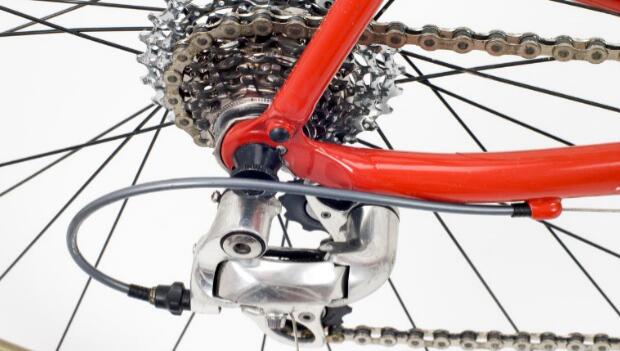
Put simply: The right gears will make your cycling experience a lot more enjoyable and can make you faster and help you cycle for longer without tiring.
Unless you're only ever going to cycle on flat roads then considering the best gears to maintain your pedaling speed (cadence) and effort level over a variety of terrain is one of the most important decisions you can make when setting up your bike.
More: Be a Gear Guru on Your Bike
Crankset Options
(i.e. your front chain rings and pedal cranks)
- Triple (3 chain rings): Large chain ring usually has 52 teeth, medium 39 teeth, and small 30 teeth.
- Standard (2 chain rings): Large chain ring usually has 53 teeth and small 39 teeth.
- Compact (2 chain rings): Large chain ring usually has 50 teeth and small 34 teeth (sometimes 36).
More: What Are the Advantages of Compact Gearing?
Rear Cassette Options
(i.e. your rear wheel cogs)
Usually 10 or 11 speed (occasionally 9), which denotes the number of cogs on the cassette, and therefore the number of gear options you have. Common brands you may come across are Shimano, Campagnolo and SRAM, which offer a variety of options to suit all budgets.
Help! I Don't Know What I Need
First step: Understanding gear ratio.
Gear ratio, in its most simple calculation, is a function of the number of teeth on the front chain rings, compared to the rear cogs. Dividing the front number of teeth by the rear numbers arrives at a number. The higher the number, the harder effort per turn of the wheels. The smaller the number, the lower effort per turn.
Think of it in extremes: If you turn the front chain ring once with a pedal stroke and that movement turns the rear cog four times then you'll travel four times the circumference of your wheel in return for that effort.
If a single pedal stroke only turns the rear wheel two times, that would be a gear ratio of two.
More: Bike Shifting 101
- 1
- of
- 2
About the Author




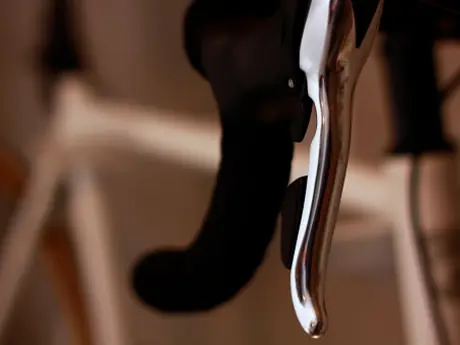
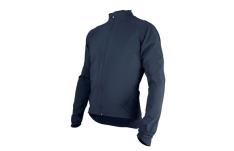
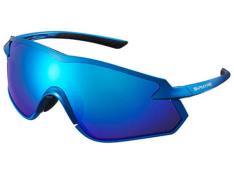
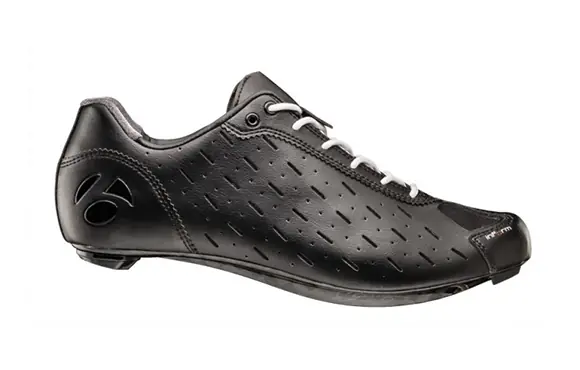
Discuss This Article